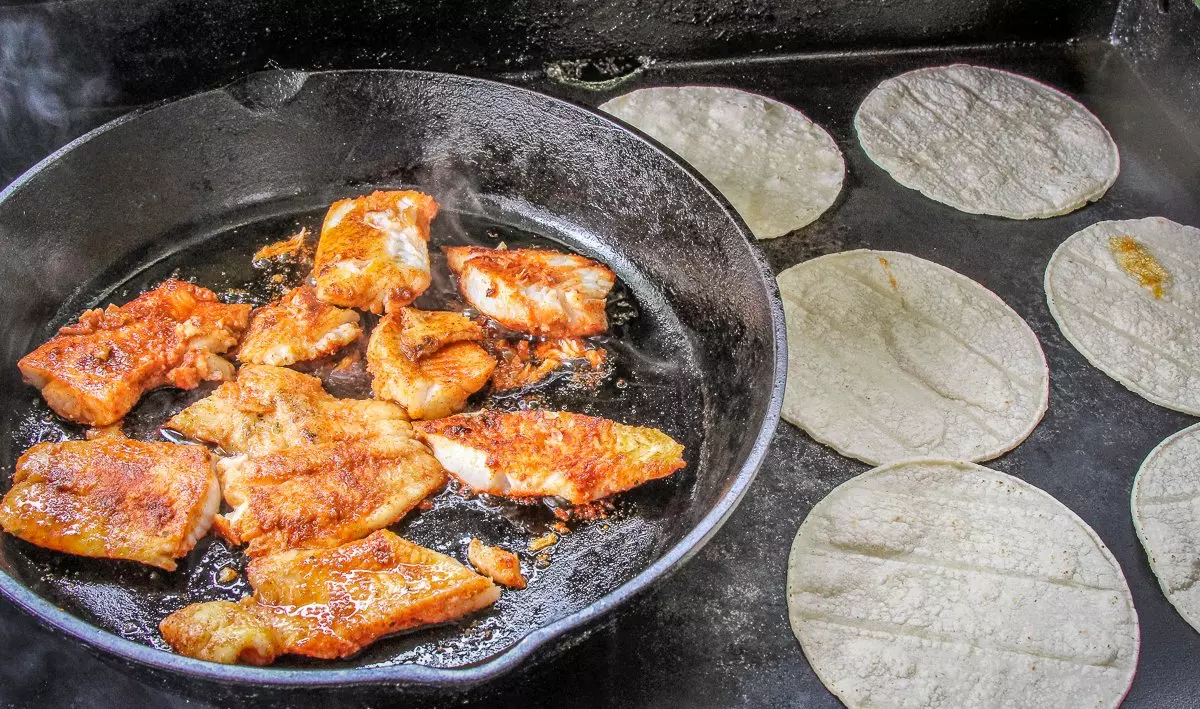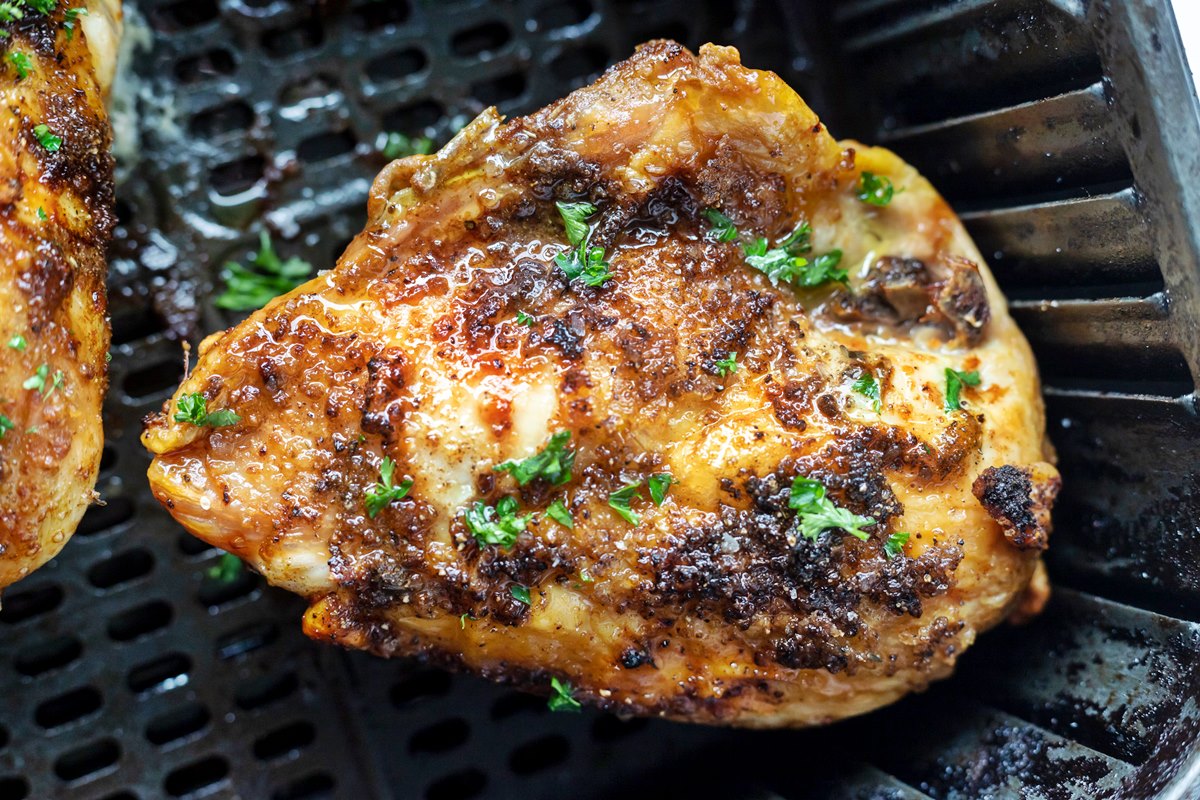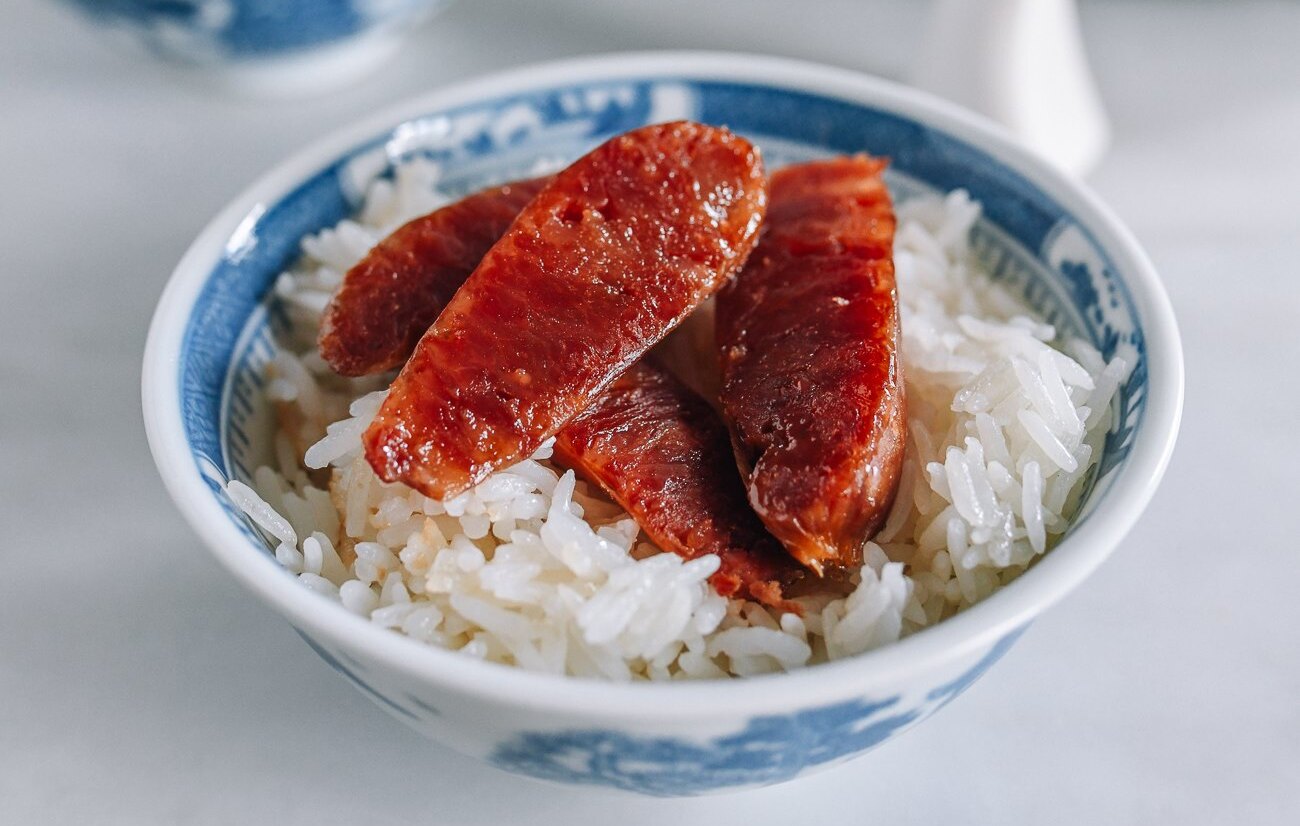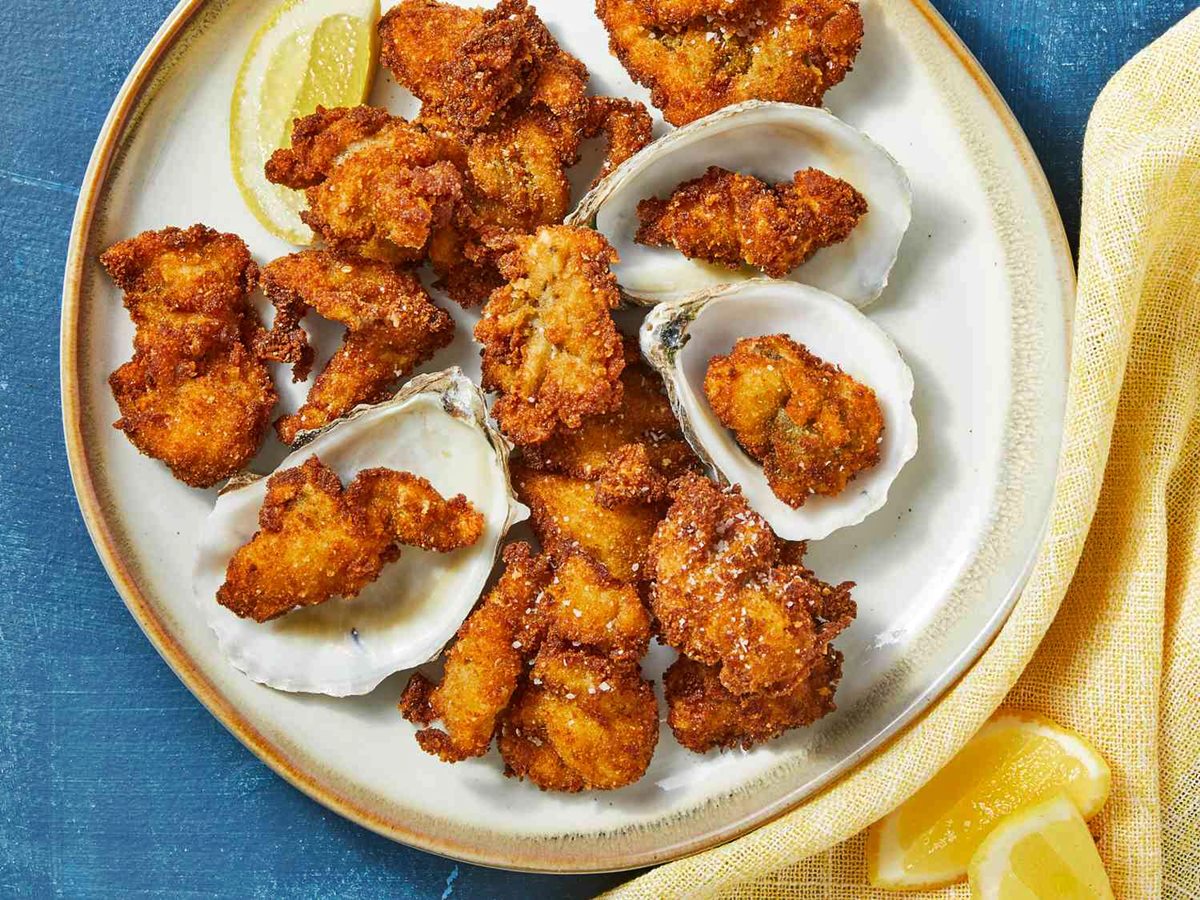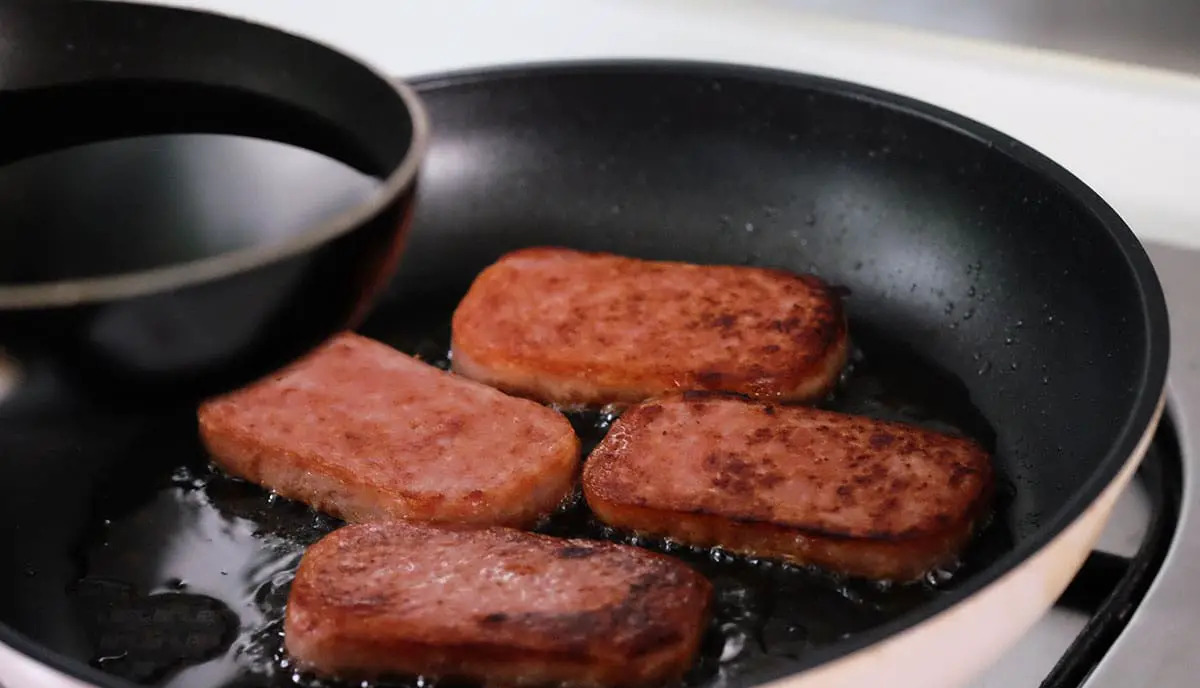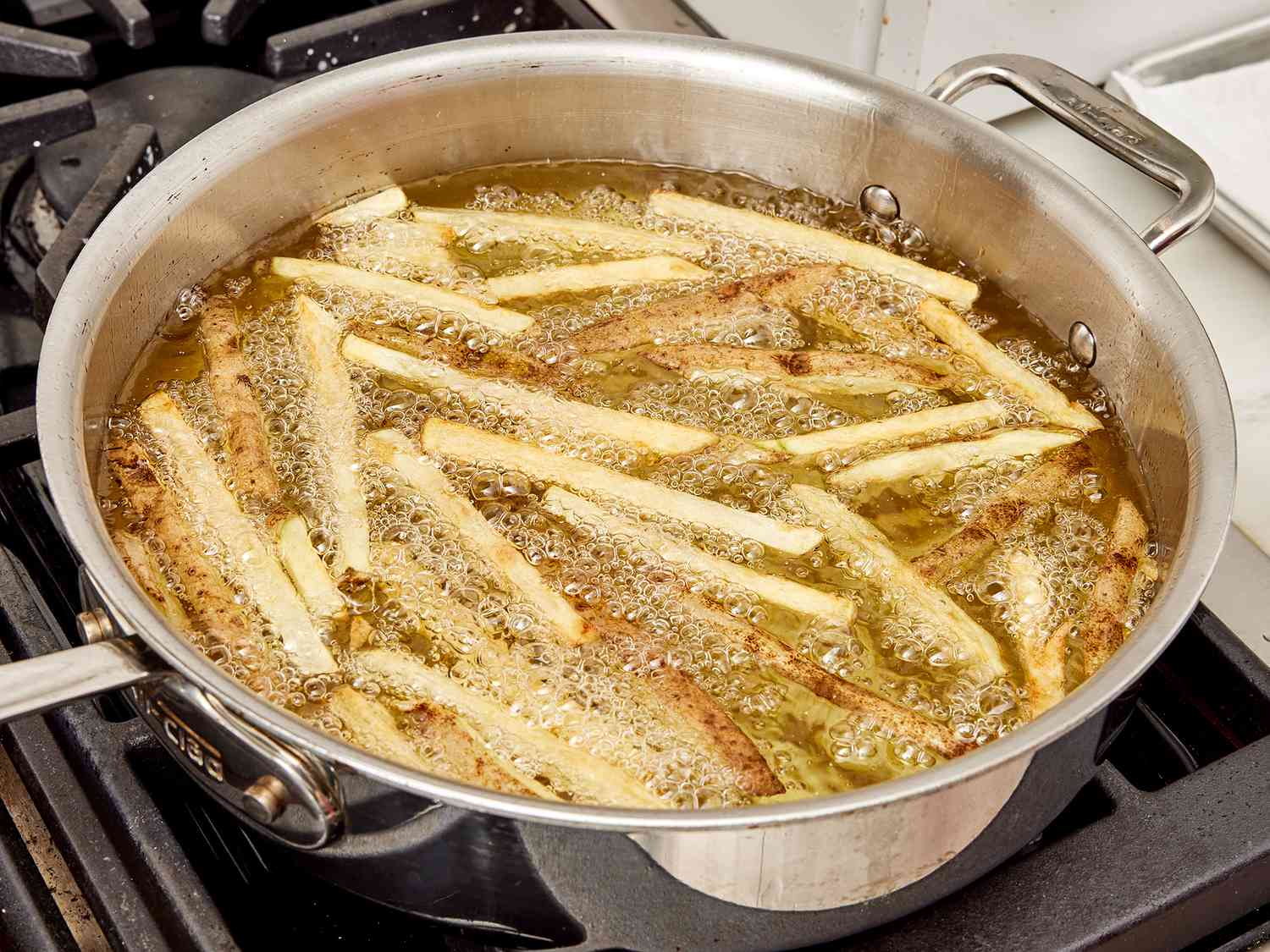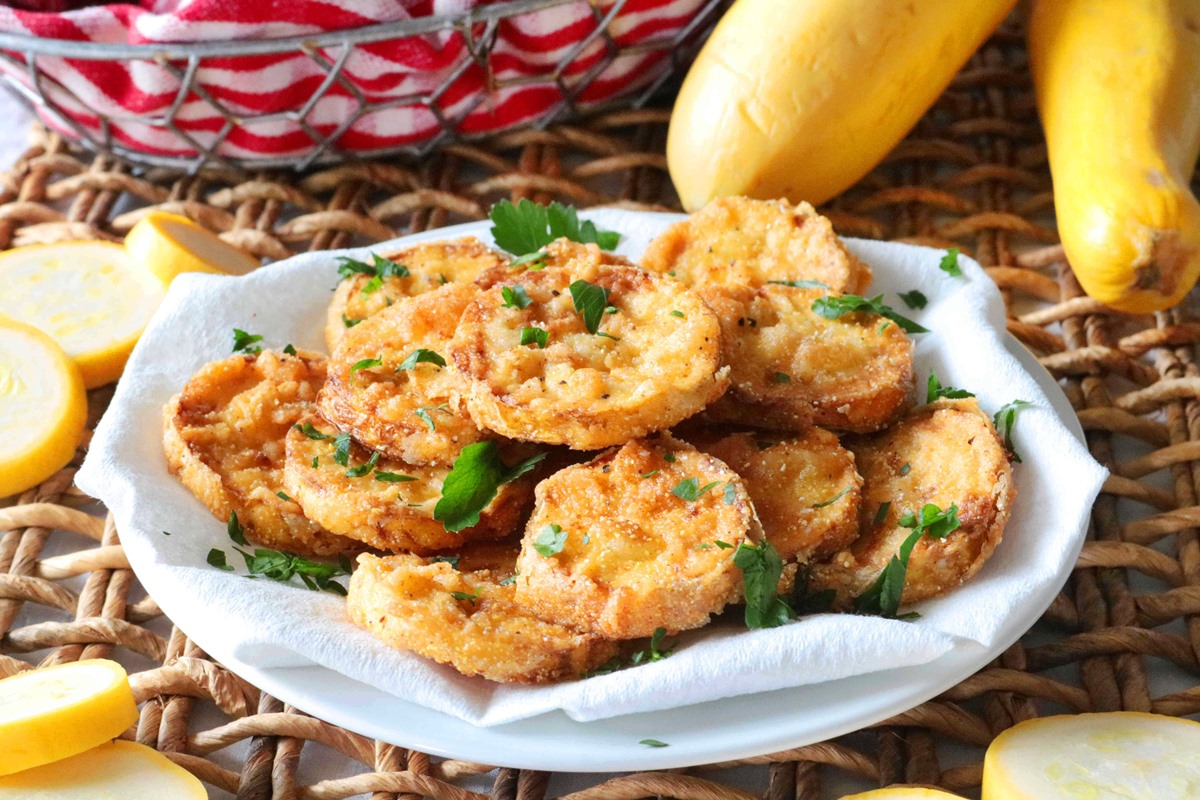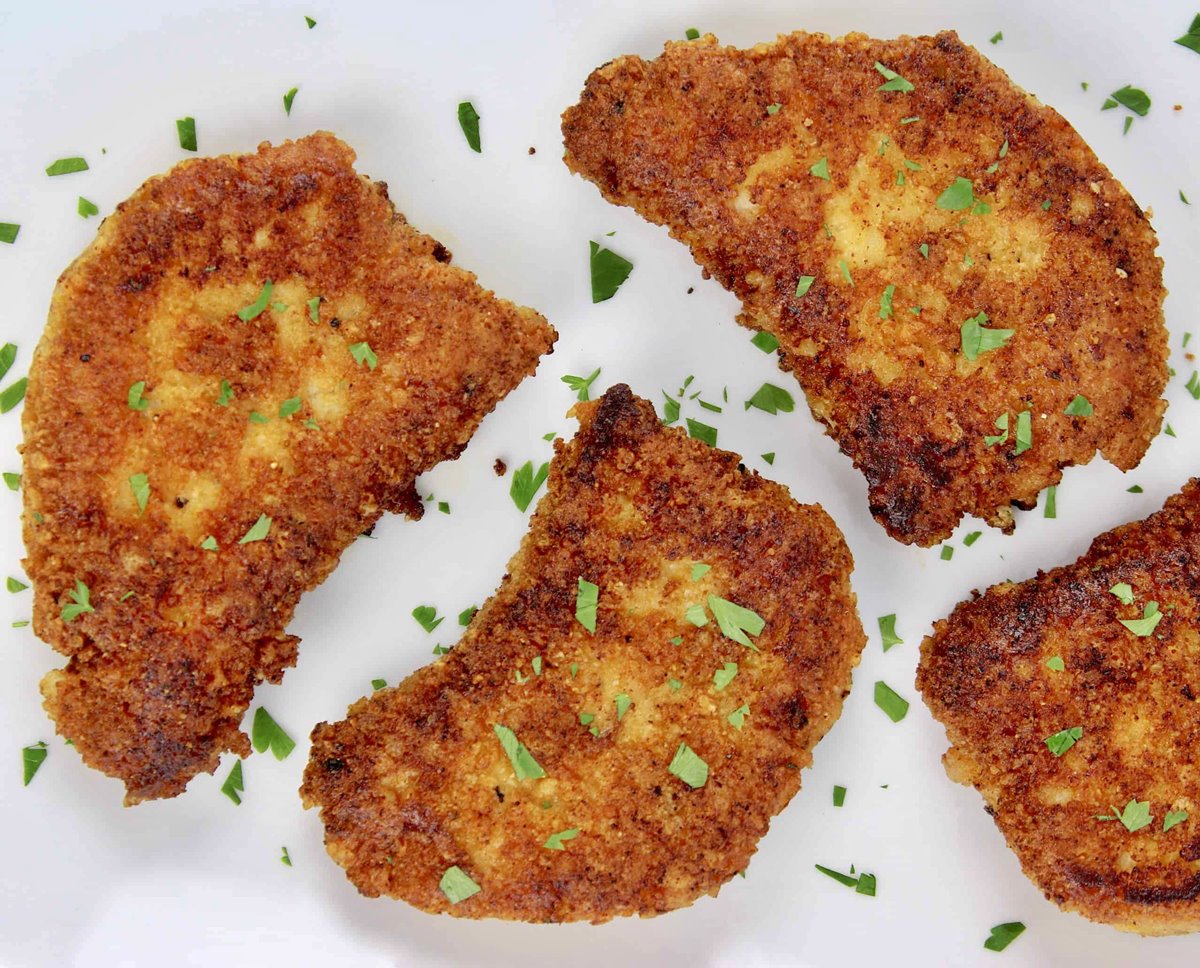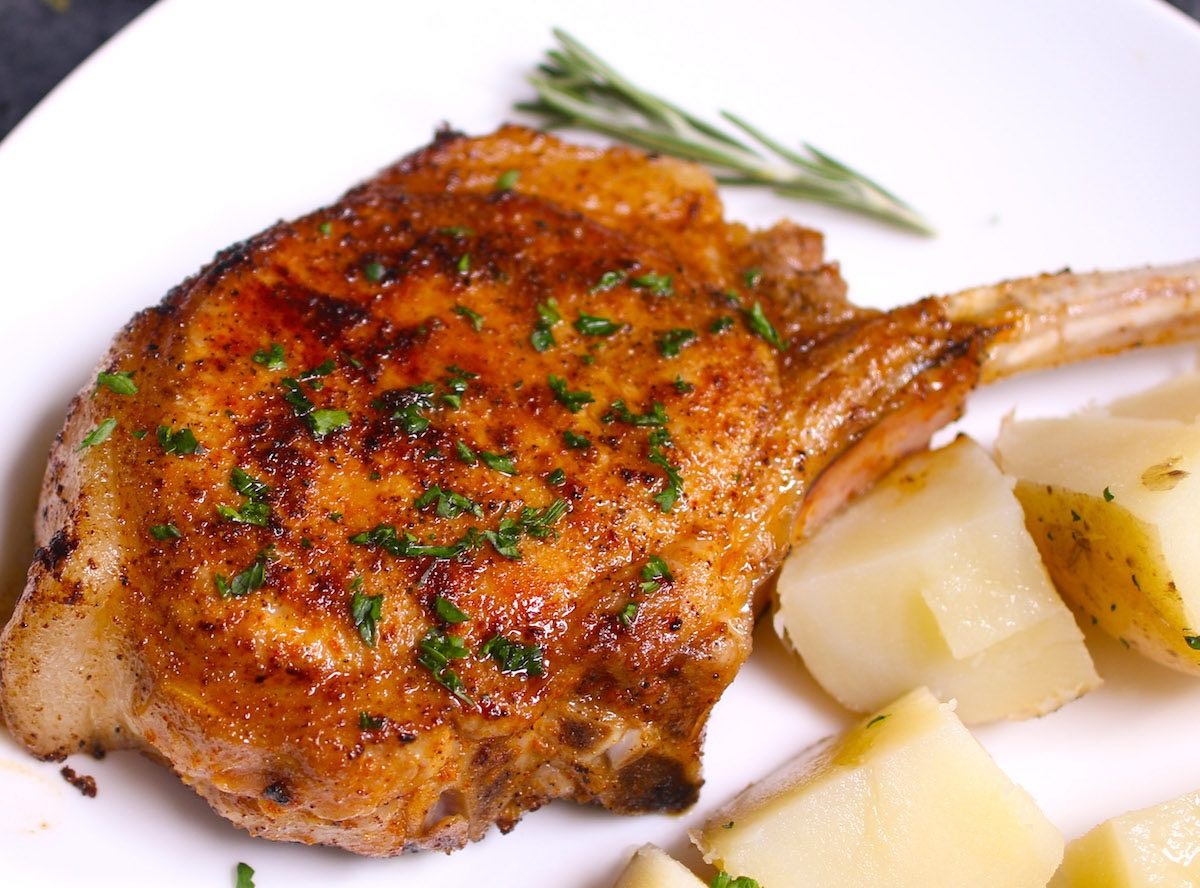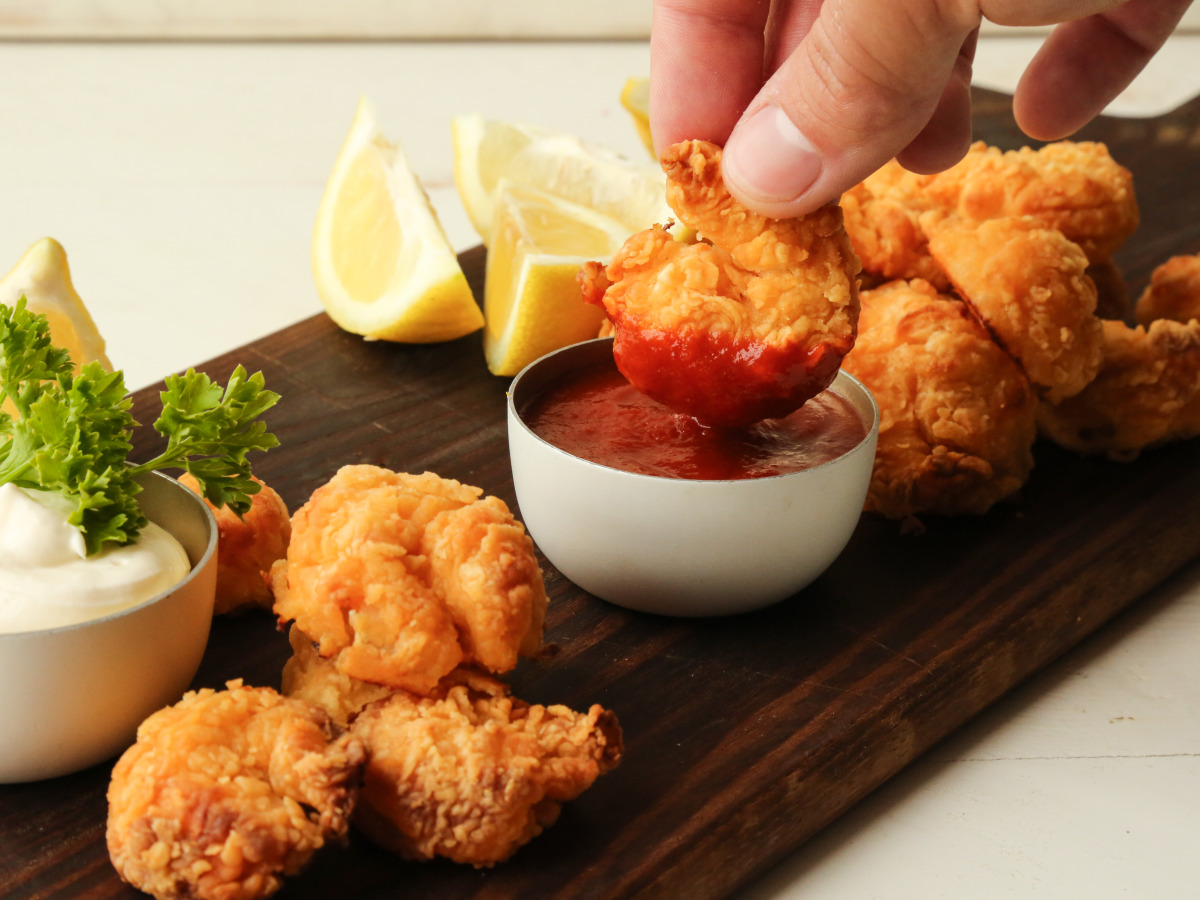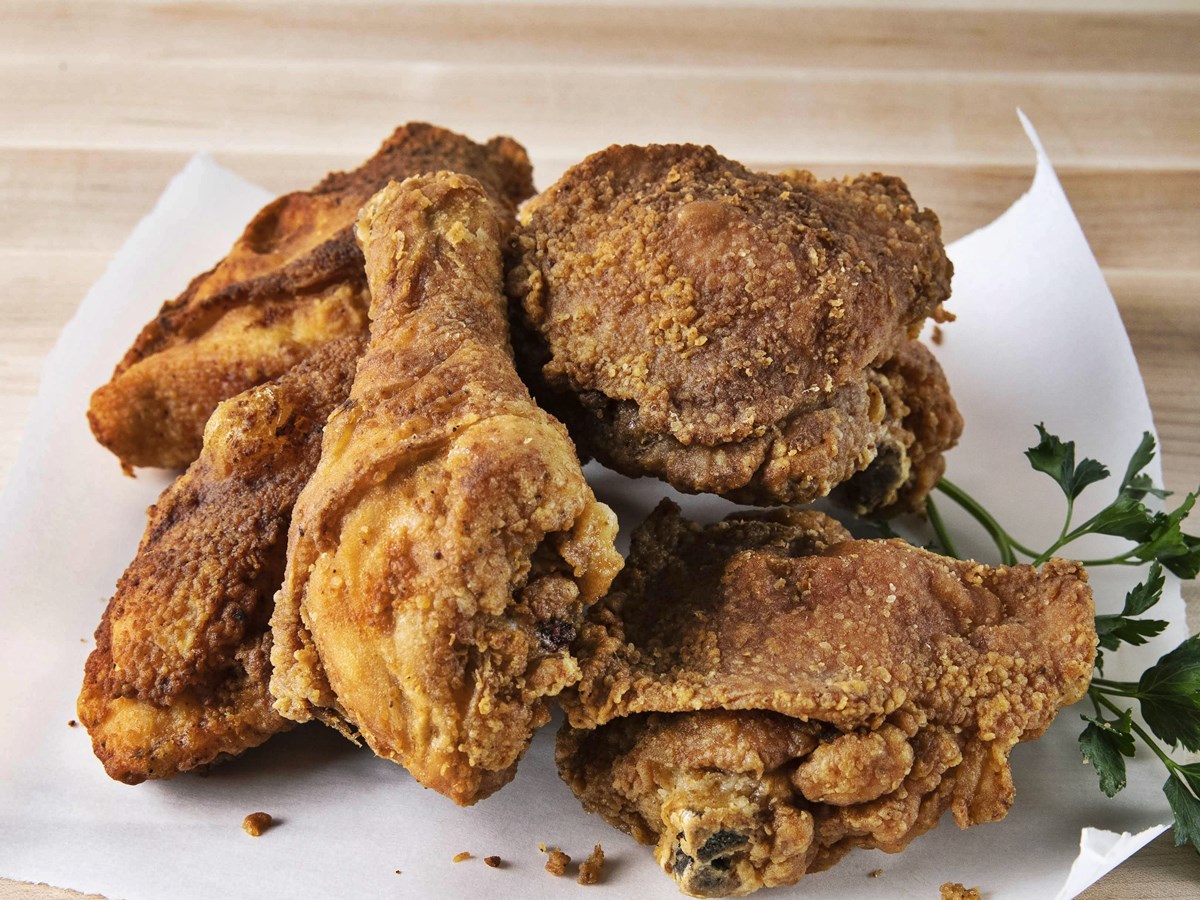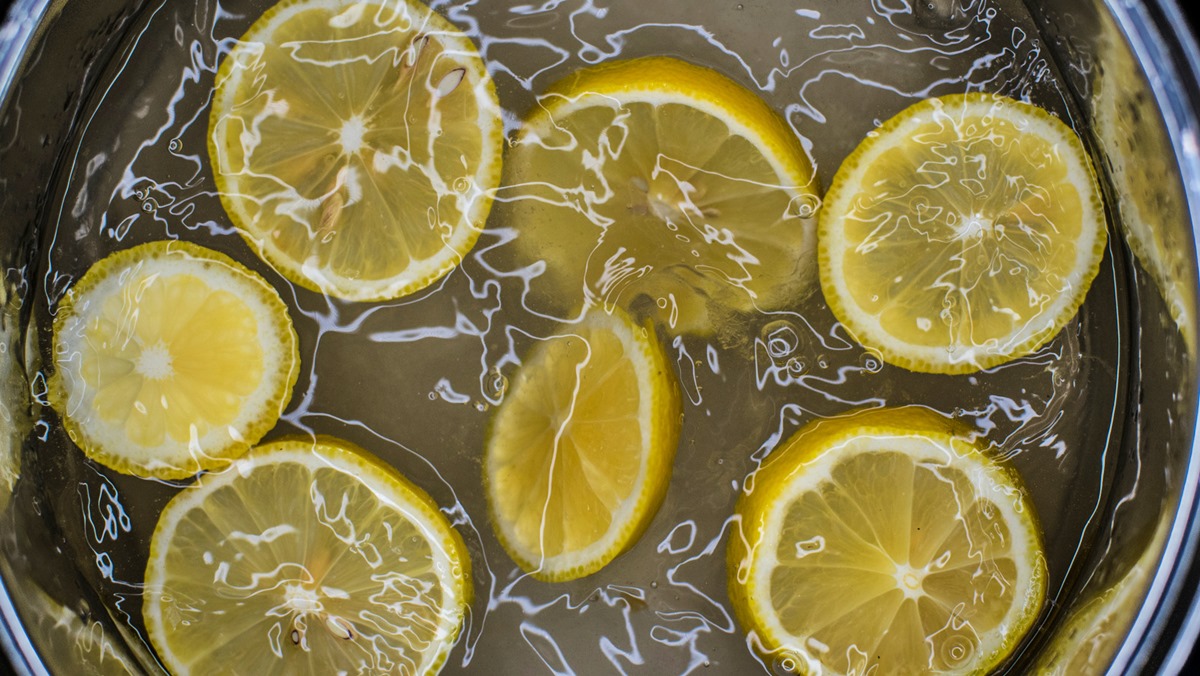How To Fry Onions: A Guide to Perfectly Caramelized Delights
Onions are a staple ingredient in many recipes, adding flavor, aroma, and depth to dishes. One of the most popular ways to enhance their natural sweetness is by frying them to caramelized perfection. In this step-by-step guide, we’ll take you through the process of frying onions like a pro. Get your cooking utensils ready, and let’s dive in!
- Choose the right onions: Not all onions are created equal when it comes to frying. Yellow onions are the most commonly used variety, known for their natural sweetness and balanced flavor. If you prefer a milder taste, you can opt for Vidalia or sweet onions.
- Preparation is key: Start by peeling the onions and cutting them into thin, even slices. Thinner slices will cook more evenly and caramelize faster.
- Select the right oil: A high smoke point oil, such as canola, vegetable, or sunflower oil, is ideal for frying onions. These oils can withstand higher temperatures without burning or imparting an unpleasant taste.
- Heat the pan: Choose a wide, heavy-bottomed pan or skillet to ensure even heat distribution. Heat the pan over medium-high heat and add a generous amount of oil to coat the bottom.
- Add the onions: Once the oil is hot, carefully add the sliced onions to the pan. Spread them out in a single layer to encourage even cooking. Remember, overcrowding the pan can lead to steaming instead of frying.
- Season to taste: Sprinkle a pinch of salt over the onions to draw out moisture and help with the caramelization process. You can also add a touch of sugar to enhance the natural sweetness of the onions.
- Stir and sizzle: Using a spatula or wooden spoon, give the onions a good stir to coat them evenly with the oil and seasonings. Keep the heat at medium-high and continue stirring occasionally to prevent sticking or burning.
- Control the heat: After a few minutes, you’ll notice the onions starting to soften and turn golden. At this point, reduce the heat to medium-low to prevent them from darkening too quickly. This will allow them to cook gently and develop their caramelized flavor.
- Practice patience: Caramelizing onions is a slow and gradual process that requires patience. Depending on the quantity and desired level of caramelization, it can take anywhere from 20 to 45 minutes. Keep an eye on the onions and adjust the heat as needed.
- Enjoy the results: Once the onions reach the desired caramelization level, remove them from the heat and let them cool slightly. They are now ready to be enjoyed as a savory topping for burgers, hot dogs, sandwiches, or as a delicious addition to soups, stews, and stir-fries.
Now that you know the secrets to frying onions to perfection, go ahead and experiment with different recipes. Caramelized onions can elevate the flavors of countless dishes and add that extra touch of sweetness that will make your taste buds dance with joy. So, grab those onions, get frying, and savor the delightful results!
When it comes to showing off your onion-frying skills, readers have plenty of delicious recipes to choose from. For a hearty and comforting option, they can try the Classic French Onion Soup, a timeless favorite that highlights perfectly caramelized onions. If they’re craving something more innovative, the Caramelized Onion and Mushroom Pizza offers a delightful twist with its rich flavors. The Caramelized Onion and Gruyere Grilled Cheese is an excellent choice for a gourmet spin on a classic sandwich, perfect for lunch. For a savory breakfast or brunch dish, the Caramelized Onion and Bacon Quiche combines the sweet and smoky notes beautifully. Lastly, the Caramelized Onion and Goat Cheese Tart serves as an elegant appetizer or light meal, showcasing the versatile flavor of caramelized onions in a sophisticated way.
Was this page helpful?
Read Next: How To Fry Squash Without Cornmeal
